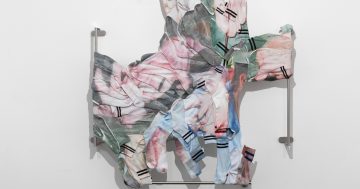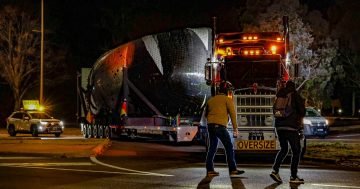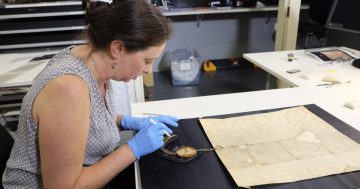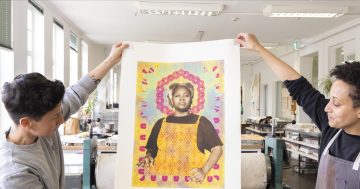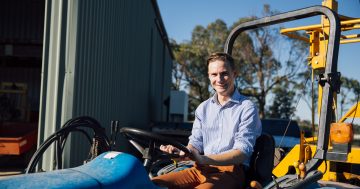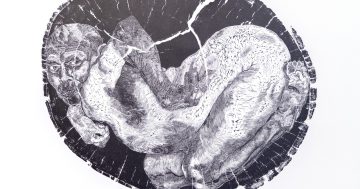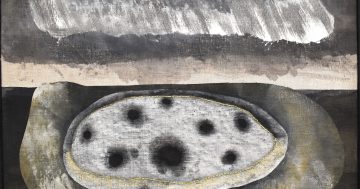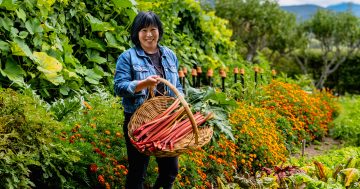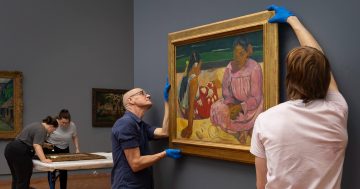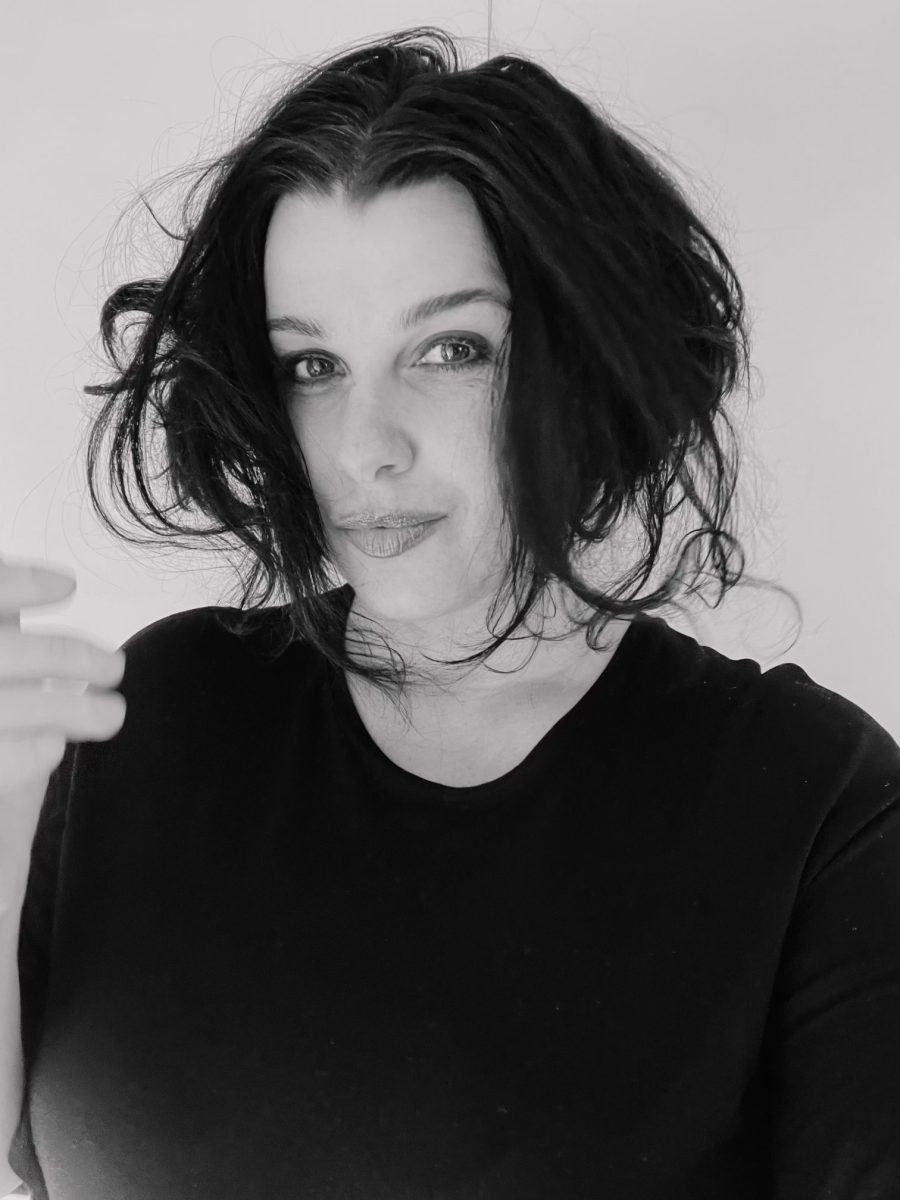
Artist Petra Jungmanova is the brains behind Silk Road, a unique pop-up arts event at Cuppacumbalong. Photo: Supplied.
Czech-born artist, photographer, writer, broadcaster and storyteller Petra Jungmanova found herself in Canberra in 2005. “Love brought me here,” she explained.
The plan was to attend the University of Canberra, stay for three years and immerse herself temporarily in a way of life a million miles from the cafe society she was used to in Europe. It would be new and different and hopefully, inspirational.
“But I got pregnant,” she said.
“It was completely unplanned, so I ended up deciding to raise my son here.”
Culture shock didn’t quite cover the feeling this artistic soul felt in this new land when she realised it would be best if she stayed in Canberra while her son grew up.
So she started becoming involved in her new Canberra community, meeting like-minded artistic folk and concentrating on rearing her son, but something was missing.
“In Europe, I would do solo exhibitions of my work,” she said, “but I thought, why not here in Australia? Should we do a collective exhibition, something that joins people together?
“There is so much drama and negativity around these days. I wanted to create something that would offer joy to people.”
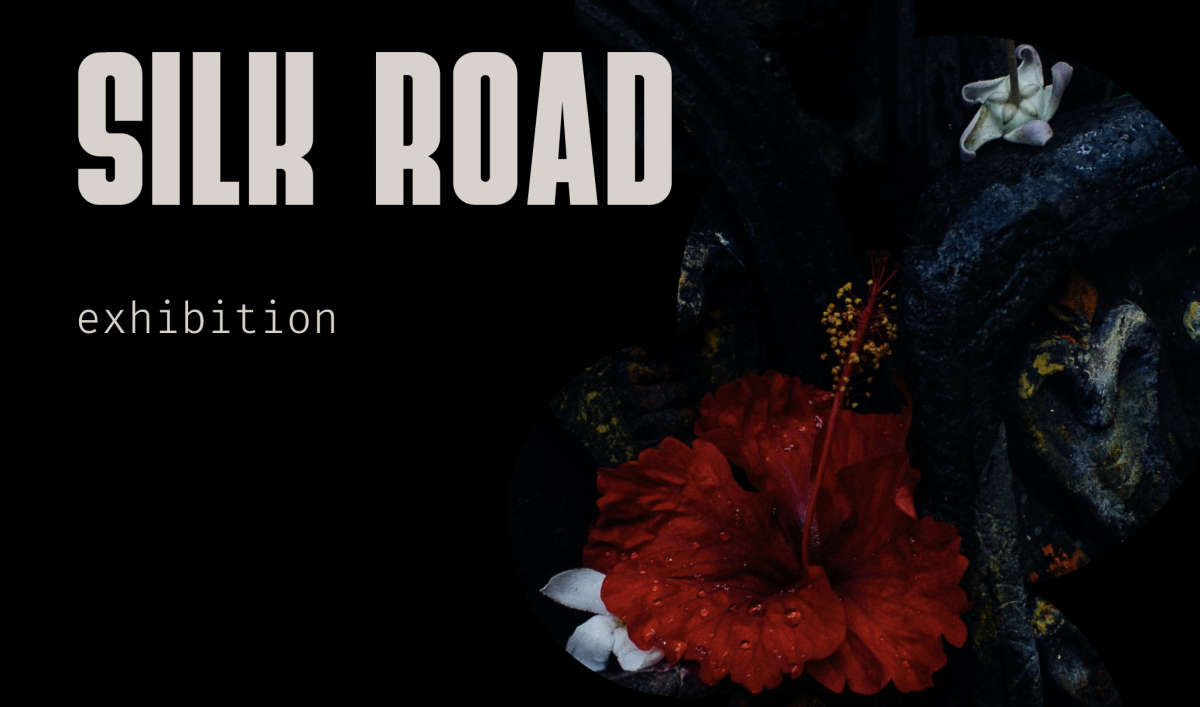
Silk Road will celebrate the ancient cultures of the Middle East. Image: Petra Jungmanova.
She also had the perfect name for her collective exhibition, Silk Road. It would be like a metaphor, she said, for bringing people and their cultures together.
The culture of the Middle East, she said, had many negative connotations, “but that negativity is not what it’s all about”.
“What I want to bring together is all the beauty of the Middle East … a cultural collection, no politics. I want to bypass that and celebrate the ancient cultures for what they are – their beauty, their sophistication.”
Ms Jungmanova said once she had her plan of artistic action and had organised the artists and other talent for the exhibition, finding the perfect place to showcase it was next on the agenda.
She said she had been looking for the “perfect venue” since 2017. Used to the unique architecture on most street corners of her homeland and the rest of Europe, she said although there were fewer options in a new city like Canberra, she did find exactly what she was looking for – Cuppacumbalong.
The historic homestead near the junction of the Murrumbidgee and Gudgenby Rivers on the southern outskirts of Canberra was it. Cuppacumbalong Homestead, where for thousands of years First Nations people would meet, connect and celebrate.
“It is an incredible building,” she said.
“I was looking for a special house with a garden surrounding it to create a lovely experience for everyone to meet there, to talk, look at the art and enjoy the music. This place is perfect.
“I wanted a place where we could create a Bohemian feel, to relax rather than to go somewhere like a gallery and have to be quiet. I wanted a place where we could recreate a slice of Europe.
“Cuppacumbalong, which has just been renovated, is an absolute dream of a place. It is so gorgeous, and I’m so glad they have let us use it. I think they were pleased with us using it in an artistic way because of its indigenous history. They used to do arts and crafts there.”
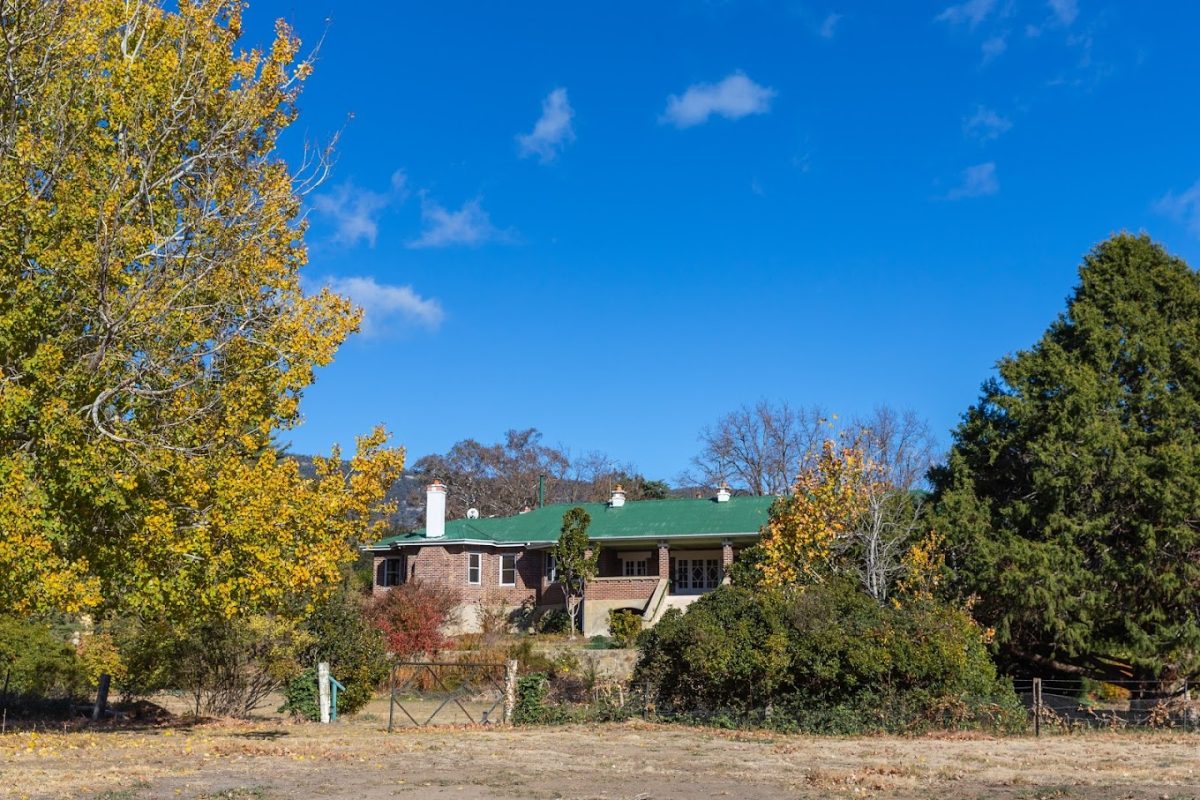
Historic Cuppacumbalong Homestead at Tharwa will host the pop-up Silk Road exhibition on 1 October. Photo: File.
Ms Jungmanova has invited artists, musicians, poets, writers and print-makers from all over the world to be part of her Silk Road event. She knows them, she just doesn’t know what they will exhibit or perform on the day. “It will be a big surprise for all of us.”
The artists include classical pianist Alexander Kokic-Schmidt, traditional didgeridoo music played by Sivaram Narayanamoorthy and poetry performed by Mohammed Ali and Niloofar Salehi.
The Silk Road exhibition will be held on Sunday, 1 October, from 10 am to 1 pm at Cuppacumbalong Homestead, 21 Nass Rd, Tharwa. More information about the Silk Road exhibition is available on Petra Jungmanova’s website.
Original Article published by Sally Hopman on Riotact.


